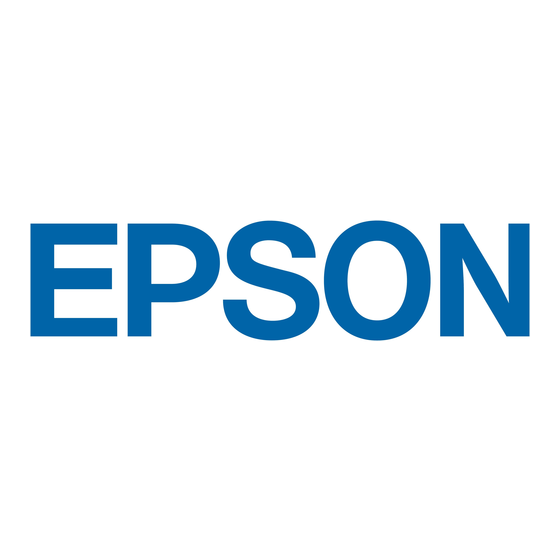Epson 7800p - PowerLite XGA LCD Projector Інформаційний посібник про продукт - Сторінка 5
Переглянути онлайн або завантажити pdf Інформаційний посібник про продукт для Проектор Epson 7800p - PowerLite XGA LCD Projector. Epson 7800p - PowerLite XGA LCD Projector 22 сторінки. Release of emp ns connection for windows & mac upgrade from v2.50 to v2.51
Також для Epson 7800p - PowerLite XGA LCD Projector: Посібник користувача (42 сторінок), Посібник з експлуатації (36 сторінок), Швидке налаштування (2 сторінок), Запасні частини (1 сторінок), Посібник з експлуатації (47 сторінок), Посібник з монтажу (5 сторінок), Технічна специфікація (2 сторінок), Технічна довідка (7 сторінок), Бюлетень підтримки продукту (25 сторінок), Бюлетень підтримки продукту (22 сторінок), Бюлетень підтримки продукту (28 сторінок), Бюлетень підтримки продукту (41 сторінок), Бюлетень підтримки продукту (15 сторінок), Бюлетень підтримки продукту (22 сторінок)

